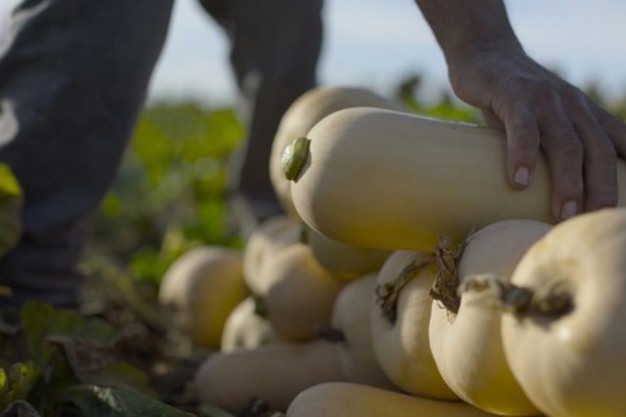The hard squash season in Mexico–which features varieties like butternut, spaghetti, acorn, delicata, and kabocha squash–has encountered some weather-related challenges over the past few months that may impact supply. Though Lesley Sykes of The Sykes Co. says that domestic supplies are currently available from major growing regions in the U.S.
"Recently, abnormally hot weather has affected parts of Mexico, particularly northern growing regions such as Sonora, where much of the hard squash is produced," she says. "These temperature fluctuations can cause delays in the harvest and yields. Typically, we expect the first shipments of acorn and kabocha squash from Hermosillo by the end of October. However, it now appears we are about 15 days behind schedule. Despite this, the overall supply remains promising."
Additionally, in western Mexico, water shortages, especially in the Culiacán area, are an ongoing concern. These shortages impact the production of principal crops like tomatoes and peppers. While hard squash varieties are more drought-tolerant, they still face challenges during prolonged periods of water scarcity, says Sykes.

Tropical storms and production
Compounding the issue, the tropical storms that struck Mexico along the western Pacific coast last year have also had lingering effects on soil quality and agricultural infrastructure, which can disrupt planting and harvesting schedules.
As for demand, in the U.S., cooler weather typically influences the consumption of hard squash, as these varieties are often associated with hearty, warming dishes. "Many parts of the country have experienced unusually warm fall temperatures, which could delay the demand for seasonal produce like hard squash," says Sykes. "However, as the weather shifts toward more consistent cold, the consumption of hard squash is likely to rise and remain steady throughout the winter months."
Looking ahead, squash production is expected to ramp up in Guaymas, Obregón, Caborca, and Hermosillo. "However, supplies may be tighter than in previous seasons. Currently, supply is spotty and quotes are in the $16 range for large sizes, and we'll monitor how this evolves in the coming weeks," says Sykes.
 For more information:
For more information:
Lesley Sykes
The Sykes Company
Tel: (+1) 520-281-2520
[email protected]
www.thesykesco.com
